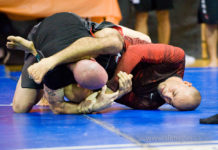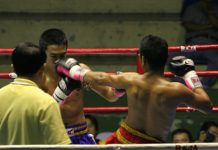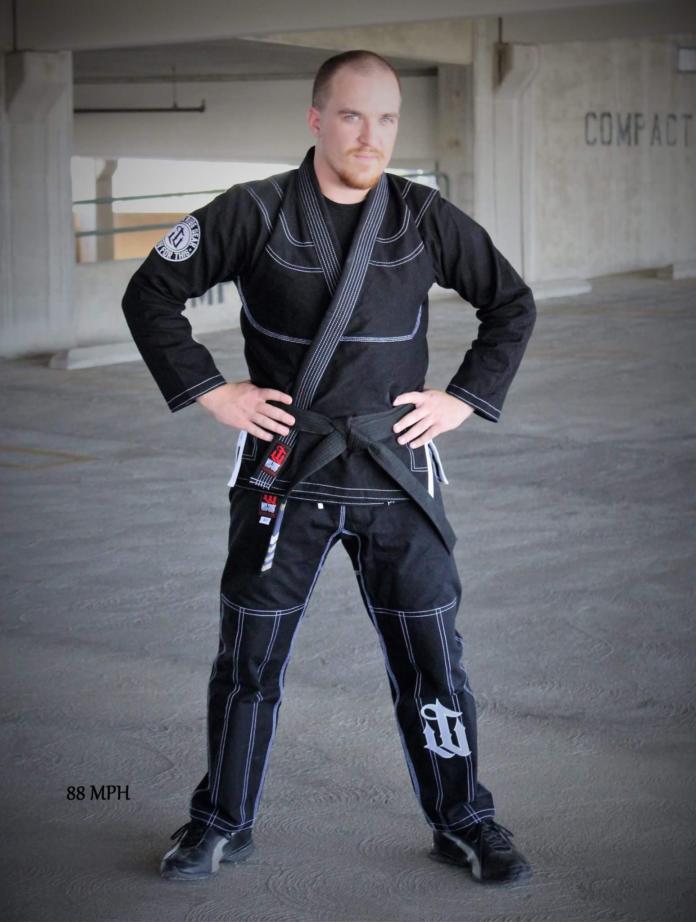Editor’s Note: This is a guest post by Matt Mizell, Chief Instructor of Evolution Training Academy in Bakersfield, CA
How often have you been watching a movie or television show, and that one epic fight scene comes on and you think, “Wow, I wish I could do that”? We can safely assume that a majority of people have considered learning some type of martial arts. It might be for personal enrichment or enlightenment. Or maybe for engaging in competition and winning medals. It could simply be for their own self preservation and defense for when that “worst day of their life” happens. No matter what the reasoning, practitioners want to be sure of the solid truths within their curriculum.
However, there are a few inescapable truths to training in martial arts that most instructors are hesitant to bring up. Whether out of fear of losing a potential customer, or of blissful/willful ignorance, the reasoning is uncertain. Well, I cannot ignore this any longer. In my fifteen years of training in various combat systems, I believe I have narrowed down the three brutal truths of martial arts training.
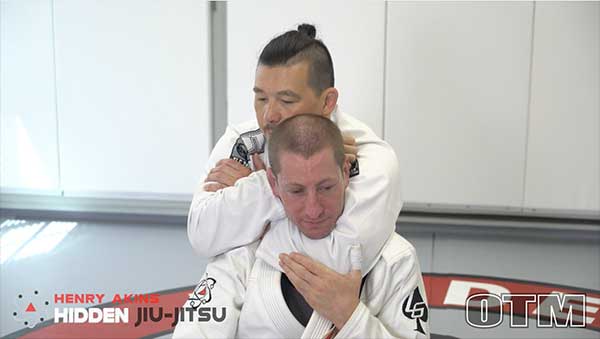
Truth #1: There is no universal technique.
This one is a big one that is relevant across the board, no matter the discipline. Various systems will boast a specific strike/maneuver/technique that will “incapacitate any and every attacker.” Here is an example: remember the old “kick them between the legs” move? This technique was considered a go-to maneuver, particularly in women’s self defense circles. However, with the rise of combat and contact sports, as well as an increasing number of assaults and fights in our culture, men have become desensitized to this attack. Yes, it is still painful, but we have been conditioned to power through the pain. So then what? Is there another universal move that can be taught?
The answer is NO. And for this reason alone: someone will always develop a defense for it. Remember: for every action, there is an equal and opposite reaction. That concept applies very much in the realm of martial arts. So in any system you may train in, be open to learning new techniques that may force you to grow as a martial artist.
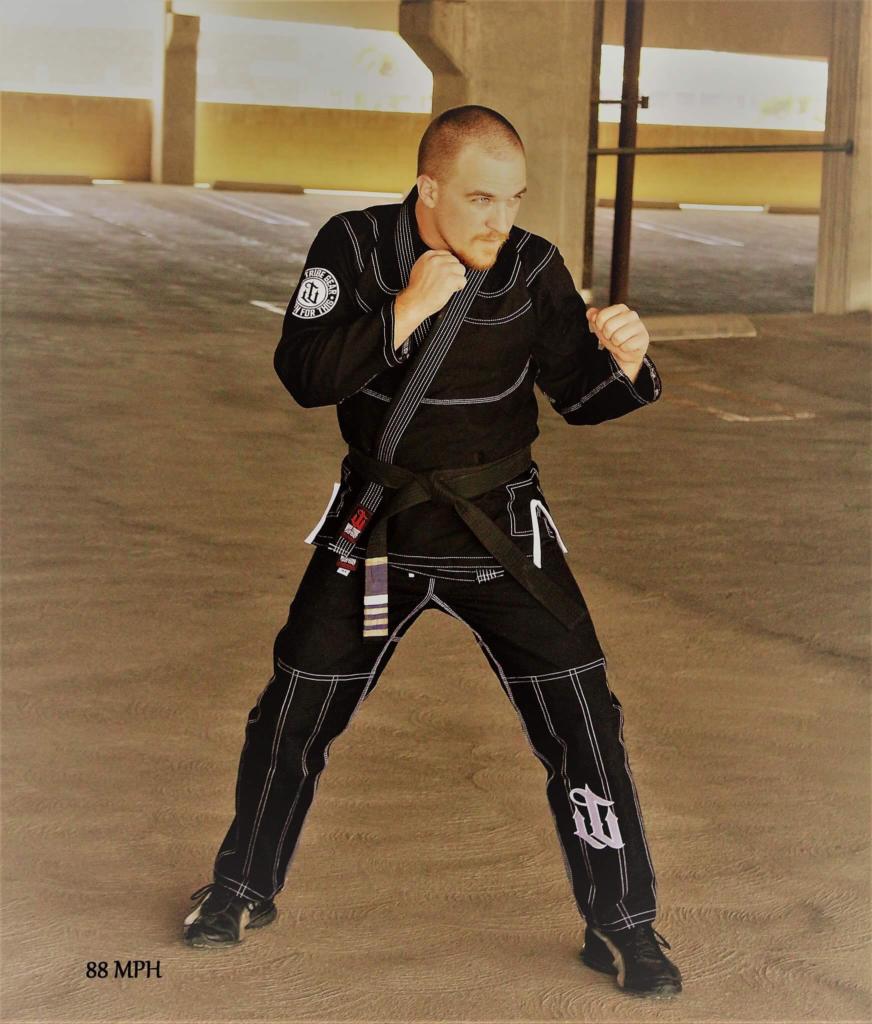
Truth #2: There is no complete system.
This is where I start to attract the haters. There are so many martial arts that claim to be the “know-all-end-all system” when it comes to personal defense. But, to be brutally honest, such a thing does not exist. Boxing, Brazilian jiu-jitsu, Krav Maga,… all are guilty of this claim. The plain and simple truth is that there are severe weaknesses in each system. Taekwondo and boxing have no clue what to do if someone is taken to the ground. Jiu-jitsu and wrestling have little response to eating a couple of punches to the face. And Krav Maga is great, but have you ACTUALLY trained hard with weapon disarms and utilization?
I have cross-trained in most of the aforementioned systems, and appreciate the knowledge of their areas of expertise. But, the existence of a complete and well-rounded system is very hard to find. This is due in part to the level of training required by the instructor in order to adequately teach to their students. I encourage all my students to cross-train. My firearms enthusiasts need to learn footwork. The boxers need to learn take-down defenses. My kickers need to learn traps and holds. I, as a single instructor, can only teach them so much. Which leads me to my final truth…
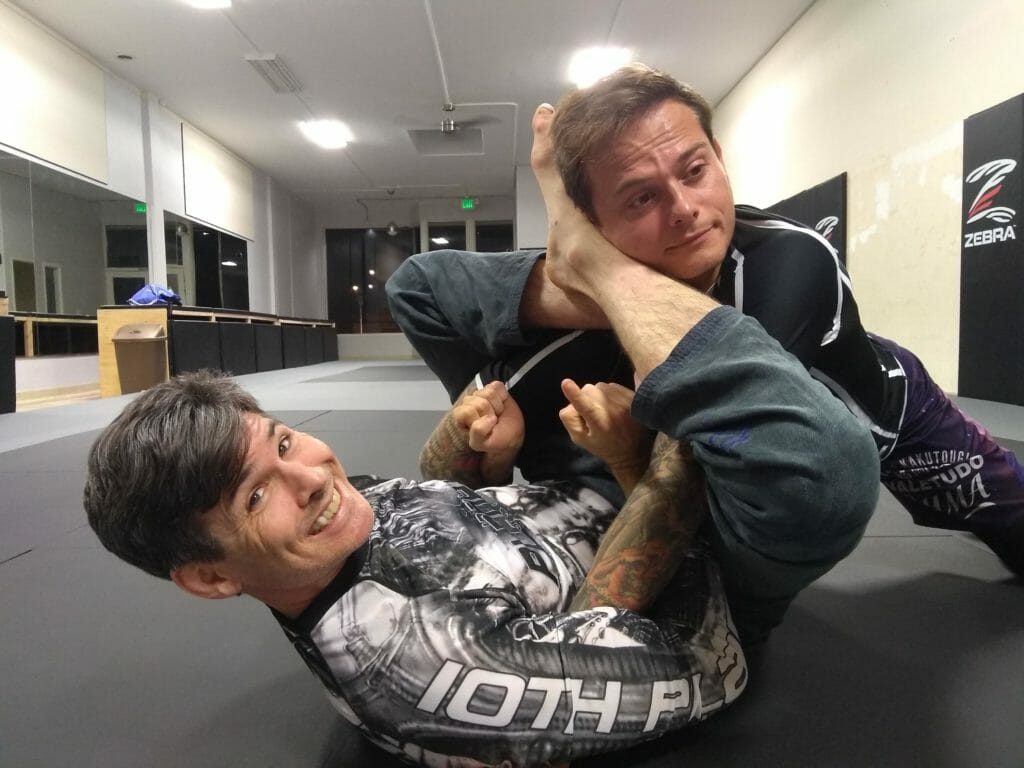
Scott Ross and Matt Dempsey of 10th Planet Jiu-jitsu
Truth #3: There is no perfect instructor.
This is where I personally have to leave my ego at the door. This particularly brutal truth has caused me to constantly reevaluate my skills. As I mentioned before, I cross-trained in several different combat forms, earning belts in many of them. Over the course of my fifteen years of study, I developed a system that I believe to be fairly comprehensive. Yet I am constantly shown where there are holes in my training. I am shown where there are elements missing in my curriculum, and where I lack the physical capability to execute a maneuver.
At fifteen years of training and on the dark side of my twenties, one would think that I’d be “invincible”, “hard to hit”, or whatever other euphemisms typically used for black belts. Unfortunately, that is not the case. I, along with EVERY other martial arts instructor, am human: capable of making errors, lacking in speed/strength/flexibility, and teaching faulty or outdated techniques. However, our only response should be to accept our shortcomings with grace, and continue to train as best we can to shore up our weaknesses and play to our strengths.
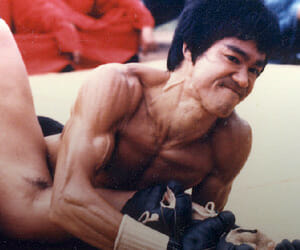
In conclusion
To embark on the journey of a martial artist is a brave decision. It takes years to become competent in any single art form. A lot of dedication is required to remain that long. It takes self-discipline to not give up when the going gets tough. If one can remember and take comfort in the three truths I have presented here, the stress of finding a school, system, or instructor becomes much simpler. To quote Bruce Lee, “Research your own experience. Absorb what is useful, reject what is useless, add what is essentially your own.”

